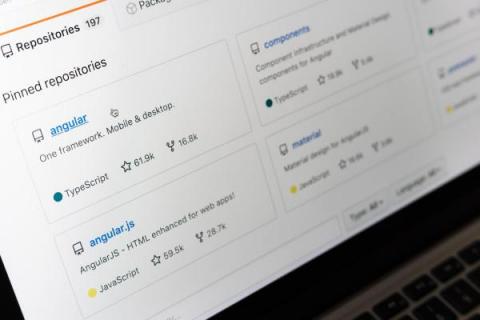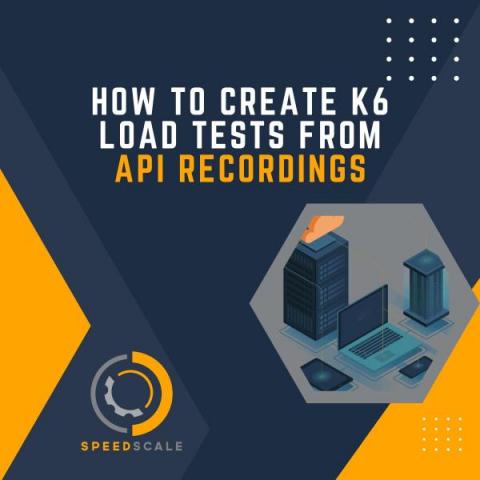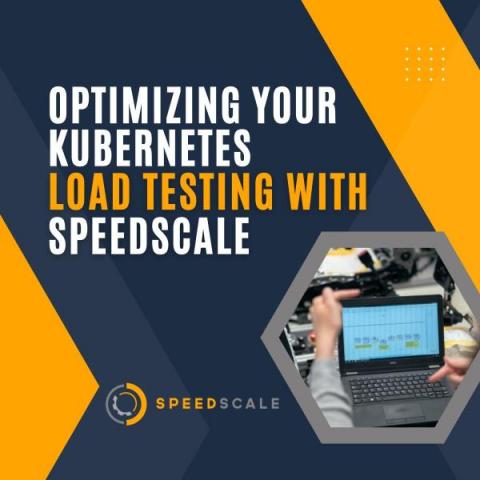Using Loadero Python Client To Store Test Data In GitHub
Loadero API allows managing and running tests just as one would via the Loadero web application. However, sending an HTTP request every time a test needs to be created, updated, or run can become cumbersome. We already had a Java client, which makes the processes easier, and now Loadero team has been hard at work creating a new client and we are proud to present – Loadero-Python.















